Apparently, there is going to be a big, important rose festival and an event showcasing urban greenery (English link) in Osaka later this year. The city officials want to get rid of the homeless in Osakajo park and Utsubo park, where these events are to be held. In order to dismantle the 28 homes in the park and to evict their occupants, about 1,100 workers, security guards, and police were sent in to do the job. Understandably, the homeless and their supporters did not go willingly.
Osaka homeless resist police move (from the BBC, thanks Huw)
Here’s an article of information about the evictions in specific, and the challenges faced by the Osaka homeless in general (if you only read one article in this post, read this one):
Urgent appeal from Homeless activists in Osaka, Japan
In this article, the Kamagasaki Patrol no Kai also gives the reader information about what is being done to protest the government.
I think it?s pretty fucking cold-blooded that the city authorities have decided to evict the homeless in the middle of this brutal winter. These are not people who can just pack up and move easily, even when it?s not freezing. I would feel pretty guilty about going to this rose show, knowing that part of the price of admission was paid by people who got kicked out of their homes!
This reminds me of an urban planning class I took at UCSB, when the professor showed us pictures of public benches in cities around America and asked what all of them had in common. ?They?re all designed so that homeless people can?t sleep on them. Next time you?re out and about, look at the designs of the places of the seats.?, he said.
And sure enough, they?re all over the place. Seats are slotted, molded, and partitioned so that you can?t lie across them and benches are curved in a convex contour so that if you were to lie them you would fall off. It?s the ultimate passive aggressive design and it?s invisible to everyone except for it?s targets.
Another article reports a case that may set precedence, for the homeless to be officially allowed to live in the public parks. The Osaka district court recently overruled the Osaka Kita Ward?s decision to reject one homeless man?s registration of his tent in a public park as his address of residence:
“I’m surprised and happy because I did not think I could win,” Yamauchi said after hearing the verdict.
“If the ruling is finalized, I plan on applying for welfare,” he said.
Yamauchi’s lawyer said a person cannot exercise the right to vote or receive welfare, including pension and health insurance, without a residential registration, which means he cannot lead a decent life as a citizen.
(Park deemed tent man’s valid address, from the Japan Times via Justin)
I had no idea about the size of the homeless population in Japan, but the BBC article listed a figure of 25,000 people, with a third of them living in Osaka. Apparently, the poor economic performance over the last 15 years has spurred a growth in this demographic.
The homeless around my area maintain gardens, and live a much more sustainable lifestyle than you or I or any average person. The goal of using open green spaces is to create an environment where we can go to feel comfortable, to decompress after spending the majority of our day in a building, surrounded by glass, veneer, cement, bricks, concrete, and barriers that keep us separated from others in general. Urban planners like Frank Lloyd Wright used these areas to help bring nature into an environment that has been sterilized of it, as a place to allow people to enjoy the outdoors together in these commons.
The city officials are kicking out the very people who are living more at harmony with the landscape and urban environment than any other segment of the population. I wonder if they have ever though about where all the trash in the parks comes from, and what demographic abuses the commons the most. Can you guess where the bulk of the garbage next to the Yodogawa comes from?
It comes from people who visit it on the weekends, from upstream, from those damn teenagers and salarymen who eat their convenience store bought snacks and cigarettes and don?t bother looking for a trashcan, and from people who illegally dump their waste on park grounds in order to avoid paying a disposal fee.
It?s the homeless people, the ones who live in these commons, who pick up after the visitors after they go home. It?s the homeless people who ?Reduce, Recycle, and Reuse? other people?s refuse to make or maintain their shelters. Hell, the homeless even maintain extensive flower beds next to the Yodogawa, adding color to an otherwise unremarkable patches of land.
The best way to get a feeling for how remarkable a life that these people live is to go out and visit these places, and that?s just what Justin, Nam, and I did this weekend. We walked along the Yodogawa and checked out some of the tents up close:
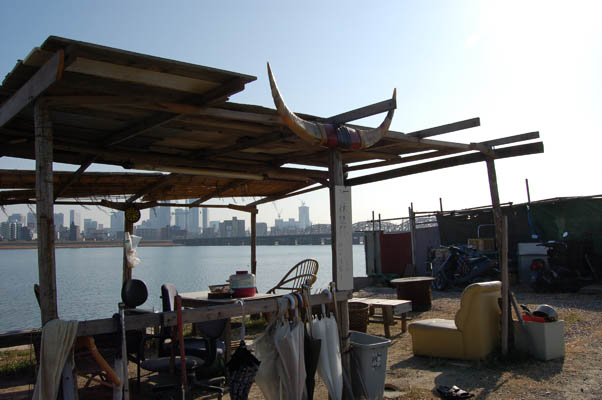
(click on picture for a close-up of the sign, photo by J. Yoshida)
This is an awesome outdoor space that some homeless dude set up next to his tent. The sign says that anyone can use this area! It?s funny how we, the ones with money and property, post signs to drive people away. I might just throw a barbecue party here before I leave, no joke.
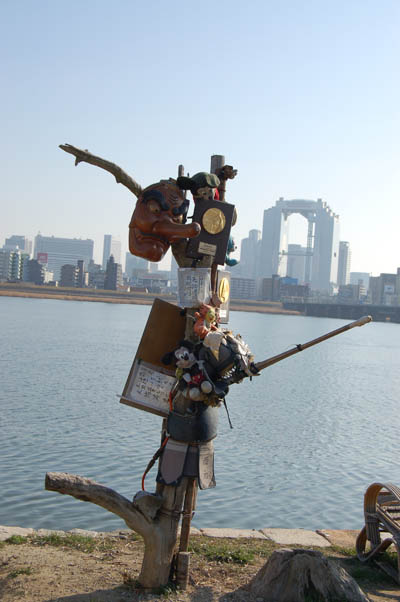
An example of inner city beautification, not paid for by Japanese tax dollars.
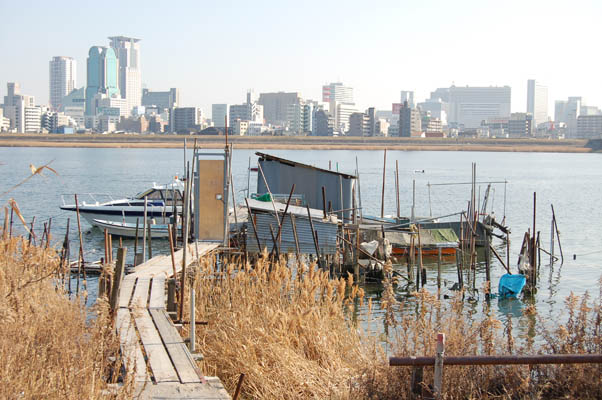
(photo by J. Yoshida)
The homeless make use of all available materials. They also seem to own their own boats!
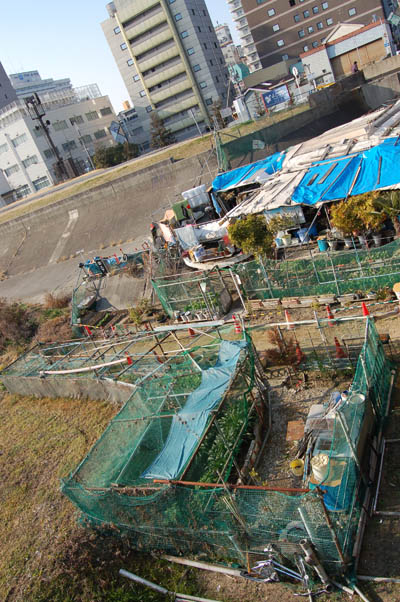
These (private) gardens are meticulously maintained, and it looks like leeks, onions, lettuce, and other leafy vegetables will be on the menu this winter. This dude puts the UCSB Environmental Studies major hippie communes/cooperatives to shame! This is sustainability. Did I mention that they sell fishing bait here as well?
As I mentioned before, I will be posting more pictures on my Flickr page so check back once in a while for updates.
Also, I was wondering, is there any other way besides 家のない (ie no nai, or without a house) and安息の場を与えない (ansoku no jou no ataenai, or without a place to rest) to say ?homeless?? Was there a time when saying these words required more of an explanation if you used them in a conversation? Surely a loanword will come into use as the homeless population and issues dealing with them continue to grow. Or maybe not. After researching this topic more thoroughly, it looks like the same things happen and are breifly reported in the news year after year with nothing much changing. Homeless will likely stay “a person without a home” because no one wants to think about them, let alone deal with the problem.
Further Reading
Shannon Higgins tells the story of Japan’s largest slum in The Kamagasaki Gallery
Oyama Shiro’s book A MAN WITH NO TALENTS: Memoirs of a Tokyo Day Laborer
The Streets of Osaka as documented by subjectivite.net
An excellent BBC pictorial on Japan’s homeless, with interviews
This article by the Cristian Science Monitor explores the link between ageism and the homeless in Japan
Artist Geoff Reed’s Face The Street
Andreas Seibert’s photos of the homeless in Osaka
Japan for Sustainability
The Aozora Foundation

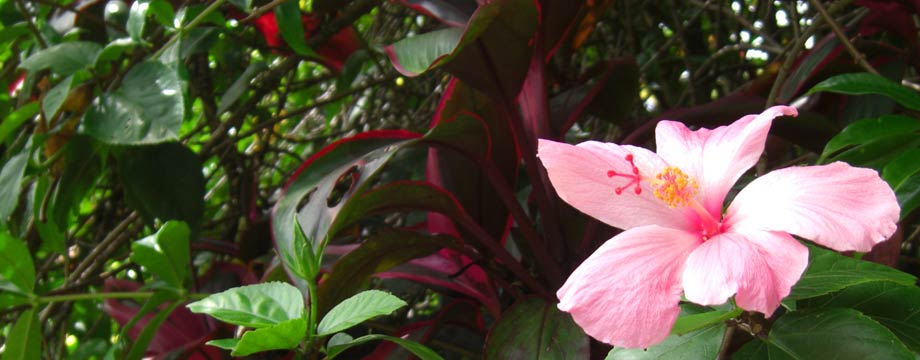
8 Responses to Osaka Homeless: Lessons in Sustainability from the Invisible Caste